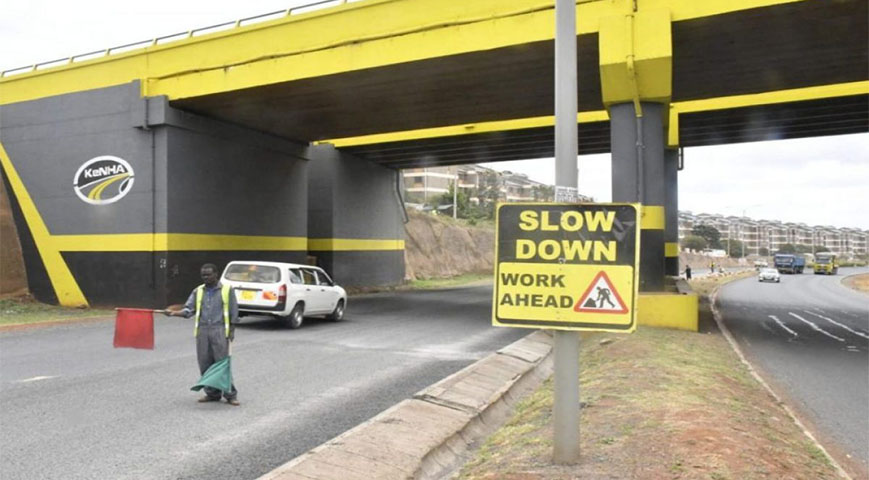The Kenya National Highways Authority (KeNHA) has emphasized the vital role of the Road Maintenance Levy Fund (RMLF) in enhancing the country’s road infrastructure.
Recently, the government's decision to increase the RMLF from 18% to 25% sparked public concern, as this cost is directly passed on to consumers.
This levy is automatically added at the fuel pump on every liter of petrol or kerosene motorists purchase. KeNHA has highlighted that the levy’s primary purpose is to upgrade existing roads to meet quality standards, ensuring they are safe and reliable for users.
Did you read this?
The Kenya Roads Board (KRB) oversees the collection of the levy. It allocates the funds to various road agencies, including KeNHA, Kenya Urban Roads Authority (KURA), Kenya Rural Roads Authority (KERRA), and Kenya Wildlife Service (KWS).
These funds are strictly earmarked for road maintenance and repairs and are not available for constructing new roads.
KeNHA clarified that the RMLF is not used for the upkeep of tolled roads. Instead, funds generated from tolls are dedicated to maintaining and rehabilitating the specific roads from which they are collected.
For example, the Nairobi Expressway operates under a Public-Private Partnership (PPP) with China Road and Bridge Corporation (CRBC). This partnership allows the CRBC to toll the road for 27 years, recouping the initial construction costs.
Successful tolling could release RMLF funds to finance new road projects since tolled roads would be self-sustaining through their toll fees.
KeNHA remains committed to adhering to the policies set by the Kenya Roads Board, ensuring that the RMLF is utilized efficiently and transparently. The ultimate goal is to enhance the safety and quality of highways across Kenya, benefiting all road users.
This strategic approach not only optimizes road maintenance but also paves the way for new infrastructure projects, fostering economic growth and development throughout the nation.









